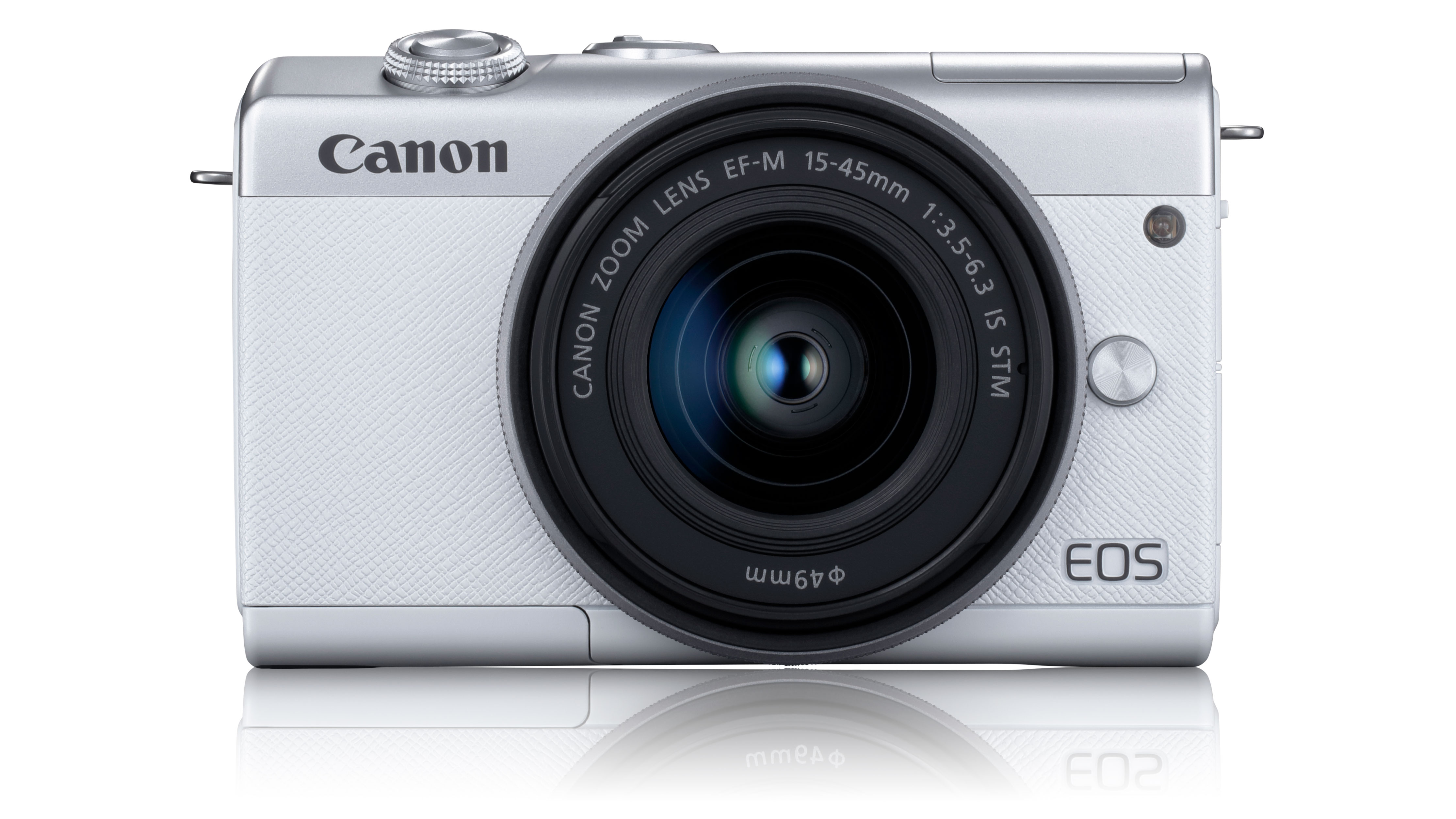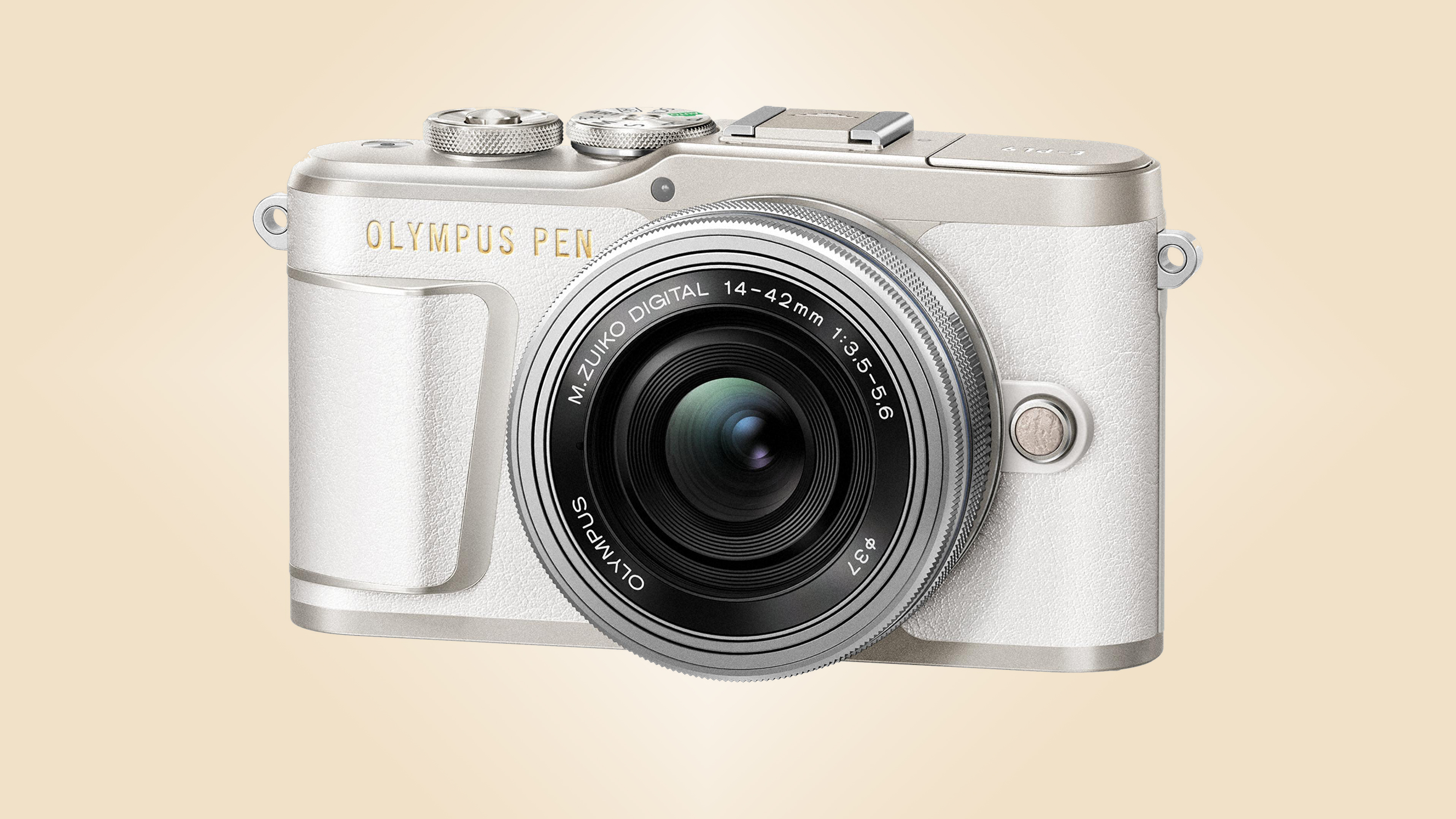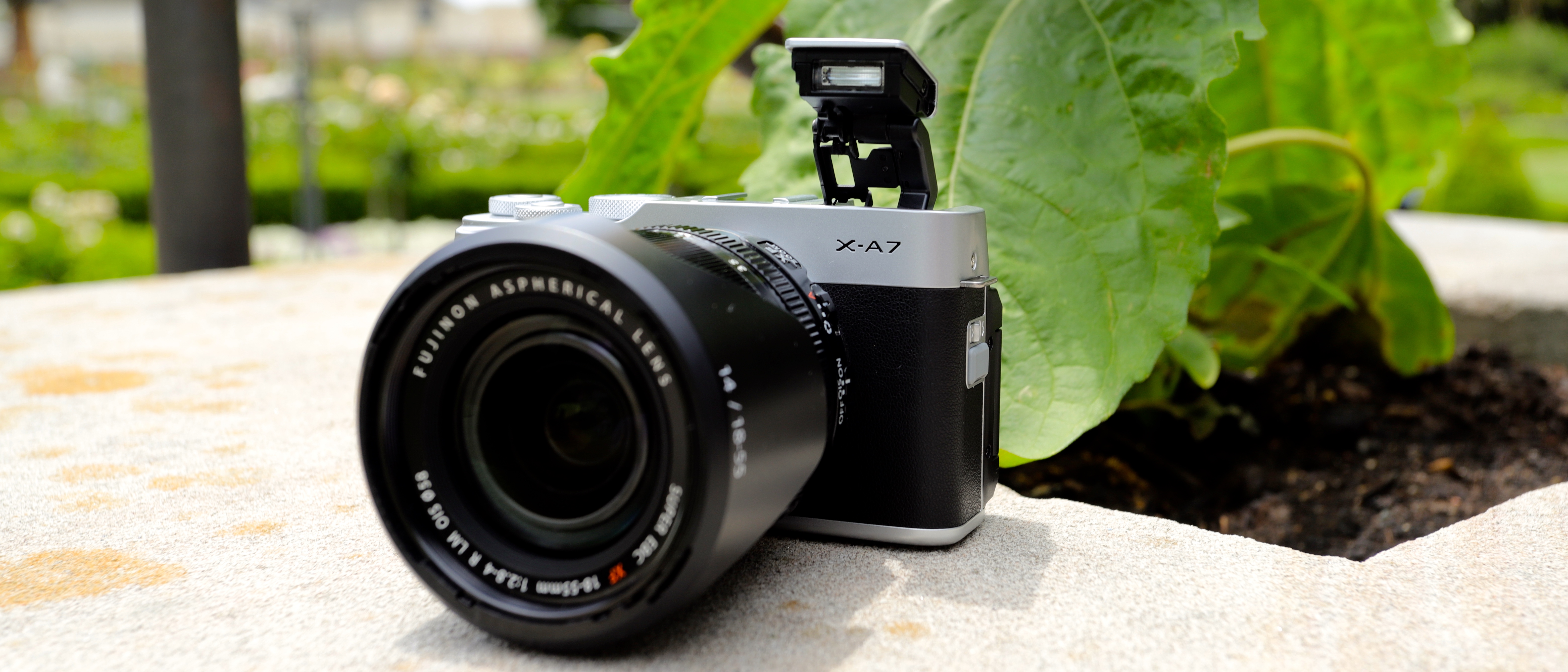Why you can trust TechRadar
Verdict
Everything about the X-A7 has been designed with the smartphone user in mind – from the large rear LCD screen and a relatively user-friendly menu interface. And with topnotch image quality that even the experts will be pleased with, it’s an excellent little snapper. Autofocus performance is impressive for both stills and video, which even some enthusiast-level cameras have trouble with. Even the lack of a viewfinder didn’t both us.
Our only complaints are about the camera’s ergonomics – there’s barely a grip to speak of and the joystick isn’t within easy reach of the thumb. You’ll have to support the weight of the camera by holding the lens every time you need to reach for the joystick. The 16:9 display also takes some getting used to. Choose another aspect ratio and you’re going to be losing real estate on either side of the screen.
The physical complaints aside, it’s very easy for us to recommend this camera, particularly since you can grab a kit for a rather reasonable price of $699 / £699 / AU$999. There are cheaper options on the market, but we’re yet to come across one that matches the autofocus performance, ease of use and the image quality of the X-A7.
Competition

Canon EOS M200
Canon’s latest entry-level APS-C mirrorless camera is cheaper than the X-A7 but isn’t available in all regions. It replaces the EOS M100, offering a 24MP sensor and 4K video recording in a small and compact body that’s been designed to be easy to use. However, the lack of control buttons make it harder to get to some advanced options, although it does offer the best bang for the buck in this class. Although the choice of native lenses for the M series cameras is still very limited.

Panasonic Lumix GX9
It’s not brand new and neither is it entry-level. Instead, the Lumix GX9 is meant to be for enthusiasts looking for a compact package, but the camera gets a mention here because of the similar price tag. It’s a top performer with a 20MP micro four thirds (MFT) sensor, that also offers 4K recording at 30fps. You can even take advantage of a viewfinder, although it is an awkward 16:9 panel, and the in-built image stabilization.
Our in-depth Panasonic Lumix GX9 review

Olympus PEN E-PL9
The PEN series of Olympus cameras have a reputation to maintain and the E-PL9 is one of the best. It’s a great entry-level model that captures sharp, well-exposed images using a 16MP MFT sensor. In-body image stabilization is available, as is 4K video recording, although there’s no viewfinder here. And it’s cheaper than the X-A7.
Our in-depth Olympus PEN E-PL9 review
Sign up for breaking news, reviews, opinion, top tech deals, and more.

While she's happiest with a camera in her hand, Sharmishta's main priority is being TechRadar's APAC Managing Editor, looking after the day-to-day functioning of the Australian, New Zealand and Singapore editions of the site, steering everything from news and reviews to ecommerce content like deals and coupon codes. While she loves reviewing cameras and lenses when she can, she's also an avid reader and has become quite the expert on ereaders and E Ink writing tablets, having appeared on Singaporean radio to talk about these underrated devices. Other than her duties at TechRadar, she's also the Managing Editor of the Australian edition of Digital Camera World, and writes for Tom's Guide and T3.
